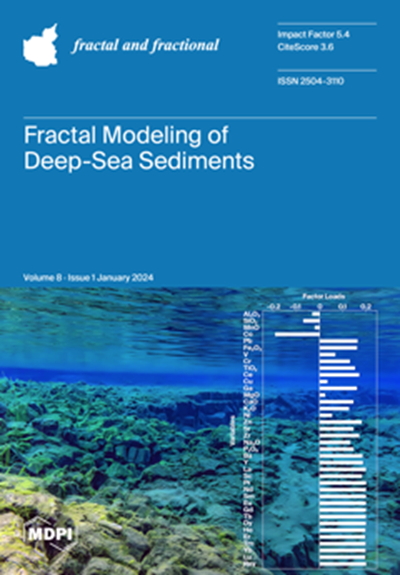An Algorithm for Crack Detection, Segmentation, and Fractal Dimension Estimation in Low-Light Environments by Fusing FFT and Convolutional Neural Network
IF 3.3
2区 数学
Q1 MATHEMATICS, INTERDISCIPLINARY APPLICATIONS
引用次数: 0
Abstract
The segmentation of crack detection and severity assessment in low-light environments presents a formidable challenge. To address this, we propose a novel dual encoder structure, denoted as DSD-Net, which integrates fast Fourier transform with a convolutional neural network. In this framework, we incorporate an information extraction module and an attention feature fusion module to effectively capture contextual global information and extract pertinent local features. Furthermore, we introduce a fractal dimension estimation method into the network, seamlessly integrated as an end-to-end task, augmenting the proficiency of professionals in detecting crack pathology within low-light settings. Subsequently, we curate a specialized dataset comprising instances of crack pathology in low-light conditions to facilitate the training and evaluation of the DSD-Net algorithm. Comparative experimentation attests to the commendable performance of DSD-Net in low-light environments, exhibiting superlative precision (88.5%), recall (85.3%), and F1 score (86.9%) in the detection task. Notably, DSD-Net exhibits a diminutive Model Size (35.3 MB) and elevated Frame Per Second (80.4 f/s), thereby endowing it with the potential to be seamlessly integrated into edge detection devices, thus amplifying its practical utility.融合FFT和卷积神经网络的弱光环境下裂纹检测、分割和分形维数估计算法
弱光环境下裂纹检测和严重程度评估的分割是一个严峻的挑战。为了解决这个问题,我们提出了一种新的双编码器结构,称为DSD-Net,它将快速傅里叶变换与卷积神经网络相结合。在该框架中,我们结合了信息提取模块和注意特征融合模块,有效地捕获上下文全局信息并提取相关的局部特征。此外,我们在网络中引入了一种分形维数估计方法,无缝集成为端到端任务,提高了专业人员在低光环境下检测裂纹病理的熟练程度。随后,我们策划了一个专门的数据集,包括在弱光条件下的裂缝病理实例,以促进DSD-Net算法的训练和评估。对比实验证明了DSD-Net在弱光环境下的良好性能,在检测任务中表现出最高的准确率(88.5%)、召回率(85.3%)和F1分数(86.9%)。值得注意的是,DSD-Net具有较小的模型尺寸(35.3 MB)和更高的每秒帧数(80.4 f/s),从而使其具有无缝集成到边缘检测设备的潜力,从而扩大了其实际效用。
本文章由计算机程序翻译,如有差异,请以英文原文为准。
求助全文
约1分钟内获得全文
求助全文
来源期刊

Fractal and Fractional
MATHEMATICS, INTERDISCIPLINARY APPLICATIONS-
CiteScore
4.60
自引率
18.50%
发文量
632
审稿时长
11 weeks
期刊介绍:
Fractal and Fractional is an international, scientific, peer-reviewed, open access journal that focuses on the study of fractals and fractional calculus, as well as their applications across various fields of science and engineering. It is published monthly online by MDPI and offers a cutting-edge platform for research papers, reviews, and short notes in this specialized area. The journal, identified by ISSN 2504-3110, encourages scientists to submit their experimental and theoretical findings in great detail, with no limits on the length of manuscripts to ensure reproducibility. A key objective is to facilitate the publication of detailed research, including experimental procedures and calculations. "Fractal and Fractional" also stands out for its unique offerings: it warmly welcomes manuscripts related to research proposals and innovative ideas, and allows for the deposition of electronic files containing detailed calculations and experimental protocols as supplementary material.
 求助内容:
求助内容: 应助结果提醒方式:
应助结果提醒方式:


